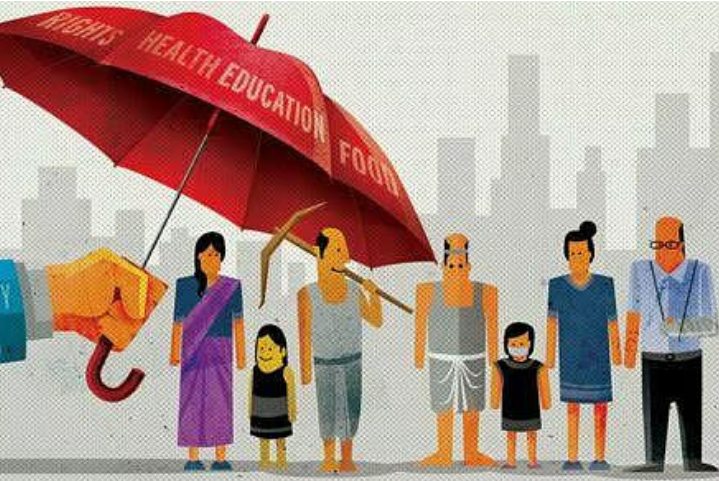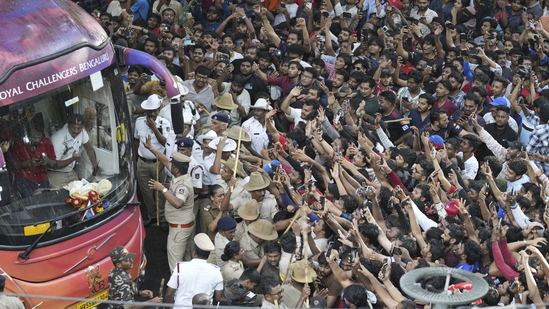Trust Deficit: Electoral Reforms Now Imperative
The recent allegations by Congress leader Rahul Gandhi about
"vote theft" in Karnataka and Bihar, alongside similar complaints
from political parties in Delhi, West Bengal, and Maharashtra, highlight a
deepening crisis of confidence in India’s electoral process. The controversy
over the Special Intensive Revision (SIR) of voter lists in Bihar, where 52
lakh voters were found absent and 18 lakh declared dead, has further fuelled
suspicions. While the ruling BJP and allies like Chirag Paswan defend the
exercise as necessary to purge bogus entries, the opposition sees it as a
targetted disenfranchisement of marginalised communities. This polarization
underscores an urgent need for systemic reforms to restore trust in democracy’s
cornerstone—free and fair elections.
The grievances are not limited to voter lists alone. Electronic Voting Machines (EVMs), despite their widespread use, remain a lightning rod for controversy. Opposition parties routinely question their reliability, alleging tampering or manipulation, though conclusive evidence is scarce. The Election Commission’s (EC) insistence on EVM integrity has done little to assuage doubts, as the opacity surrounding their operation persists. Combined with discrepancies in voter rolls, these concerns create a perfect storm of mistrust, eroding public faith in electoral outcomes.
The way forward demands a multi-pronged approach. First, the
EC must prioritize transparency in voter list revisions. While weeding out
duplicates and ineligible voters is essential, the process should be
collaborative, with political parties granted real-time access to data and
allowed to raise objections at every stage. The current adversarial climate,
where revisions are viewed as partisan tools, only deepens divisions. Second,
EVM-related apprehensions can be mitigated by enhancing verifiability. Expanding
the Voter-Verified Paper Audit Trail (VVPAT) system to mandate full
cross-verification of slips in a statistically significant sample of booths, as
suggested by experts, would bolster confidence without compromising efficiency.
Moreover, the EC should institutionalize pre-election audits
of voter lists in sensitive constituencies, involving neutral observers and
civil society representatives. The Bihar SIR, though contentious, sets a
precedent for proactive cleanup; replicating it nationwide with bipartisan
oversight could preempt disputes. Simultaneously, leveraging technology for
real-time voter registration updates and grievance redressal would minimize
errors and curb malpractices.
Critics argue that electoral malfeasance is an inevitable byproduct of India’s complex democracy, but resignation is not an option. The EC’s credibility hinges on its ability to act as an impartial referee, not just in letter but in perception. Political parties, too, must move beyond opportunistic rhetoric and commit to constructive engagement. The alternative—a perpetual cycle of allegations and counter-allegations—risks reducing elections to a battleground of distrust rather than a celebration of popular will. India’s democracy deserves better. The time for electoral reforms is not tomorrow; it is today.




















